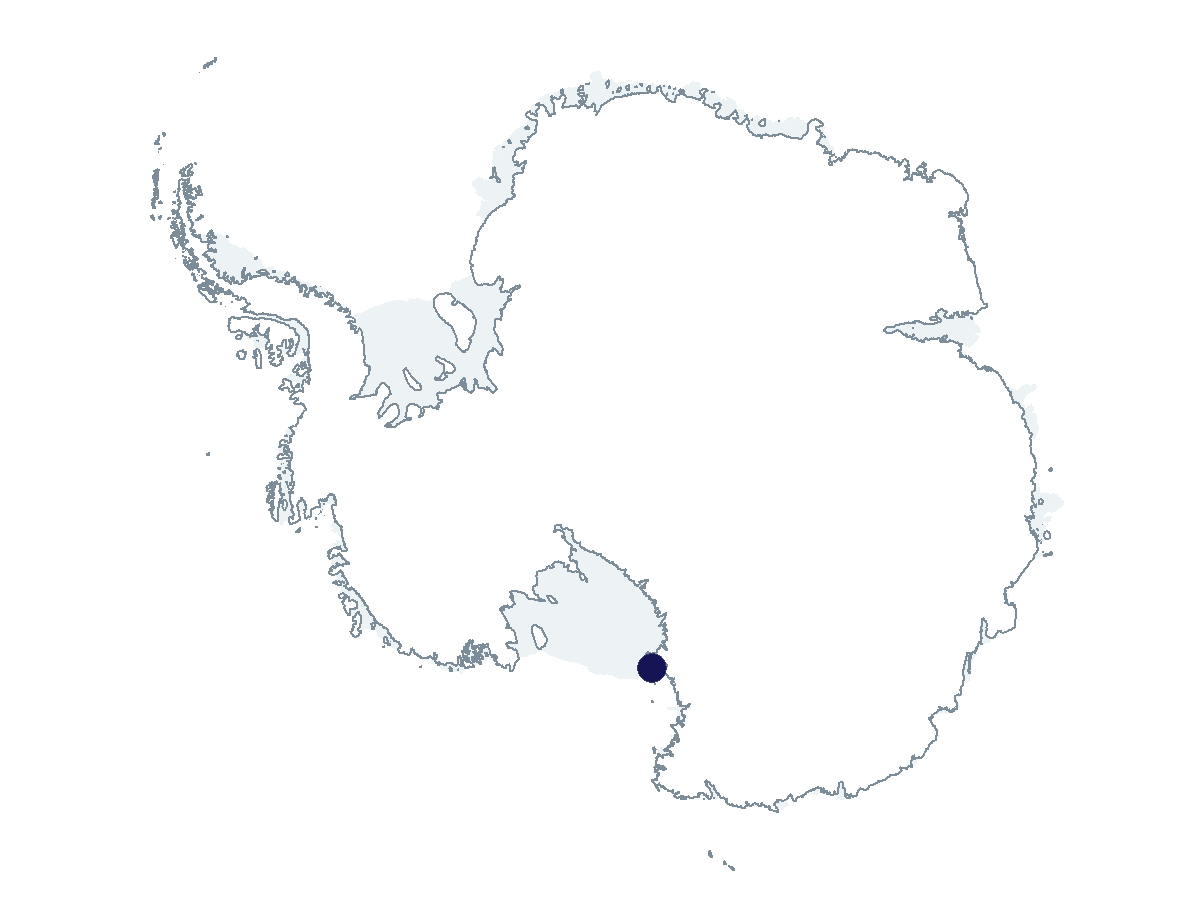2022-2023 USAP Field Season
Project Detail Project TitleMapping melting glacial surfaces with GNSS reflectometry Summary
Event Number:
Program Director:
ASC POC/Implementer: Principal Investigator(s)
Dr. Seebany Datta-Barua
Location
Supporting Stations: McMurdo Station DescriptionThis project seeks to answer the question: Can global navigation satellite system (GNSS) reflectometry (GNSS-R) be used to reliably map snow-cover, ice, and surface water in a harsh glaciated environment at high spatio-temporal resolution? The working hypothesis is that GNSS-R can differentiate among cold snow, wet snow, bare ice, wet ice, and surface water in a way that will yield observations that can inform how glacial surfaces accumulate and ablate. The objective is to develop GNSS-R instrumentation and data-processing techniques as an effective high-spatiotemporal resolution method of characterizing the composition of snow, firn, and melting ice surfaces relevant to climate change on the Antarctic Ice Sheet and aircraft operations near McMurdo Station. The primary impact of the project will be the creation of a new sensing technology for glaciologists and logistical operators in Antarctica to use in future research and programmatic development. This work represents an inter-disciplinary collaboration between GNSS technology developers and cryospheric scientists, strengthening ties between the communities. Field Season OverviewThe field team will consist of two participants who will reside at McMurdo Station. They will install, service and remove instrumentation. The schedule of deployments is: install instrumentation; harvest data, service instrumentation and conduct ground survey for 3-4 weeks; remove instrumentation. Field work will be conducted at two locations on the McMurdo Ice Shelf. The two sites have slightly different surface types and melting conditions. One is near Phoenix airfield, where both natural and engineered relatively dry ice and snow surfaces are available for testing. If available, it may be collocated with the UNAVCO site “PHNX” near Phoenix airfield. The other site is near the old Pegasus airfield, where a combination of ice and surface meltwater is anticipated to be present heterogeneously across the surface. The project will deploy single towers at each site. On these towers, GNSS-R antennas, UNAVCO positioning antenna, lidar, and cameras will be deployed. In the case of PHNX, the existing UNAVCO site will be used. The field team will need to visit the towers at roughly daily intervals to collect data, perform ground survey, and to adjust and modify instrumentation as necessary. Deploying Team Members
|
2022-2023 Science Planning Summary



For USAP Participants |
For The Public |
For Researchers and EducatorsContact UsU.S. National Science FoundationOffice of Polar Programs Geosciences Directorate 2415 Eisenhower Avenue, Suite W7100 Alexandria, VA 22314 Sign up for the NSF Office of Polar Programs newsletter and events. Feedback Form |



